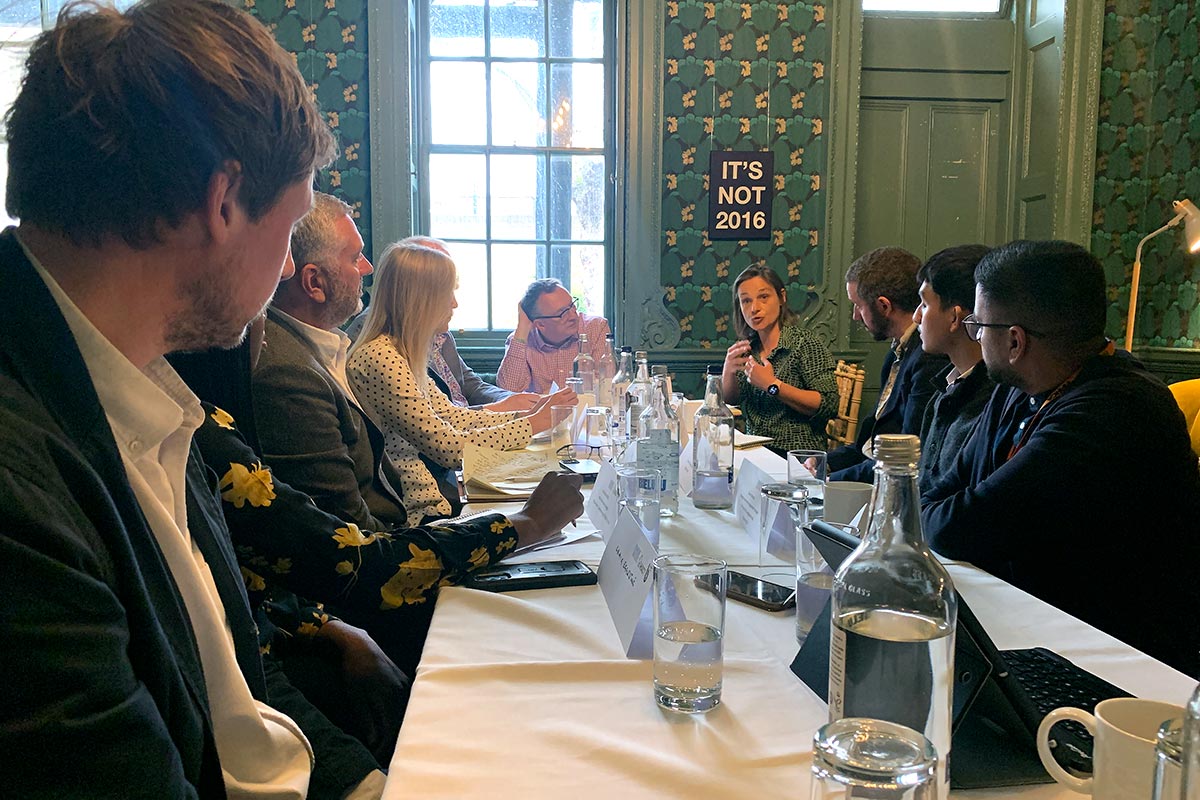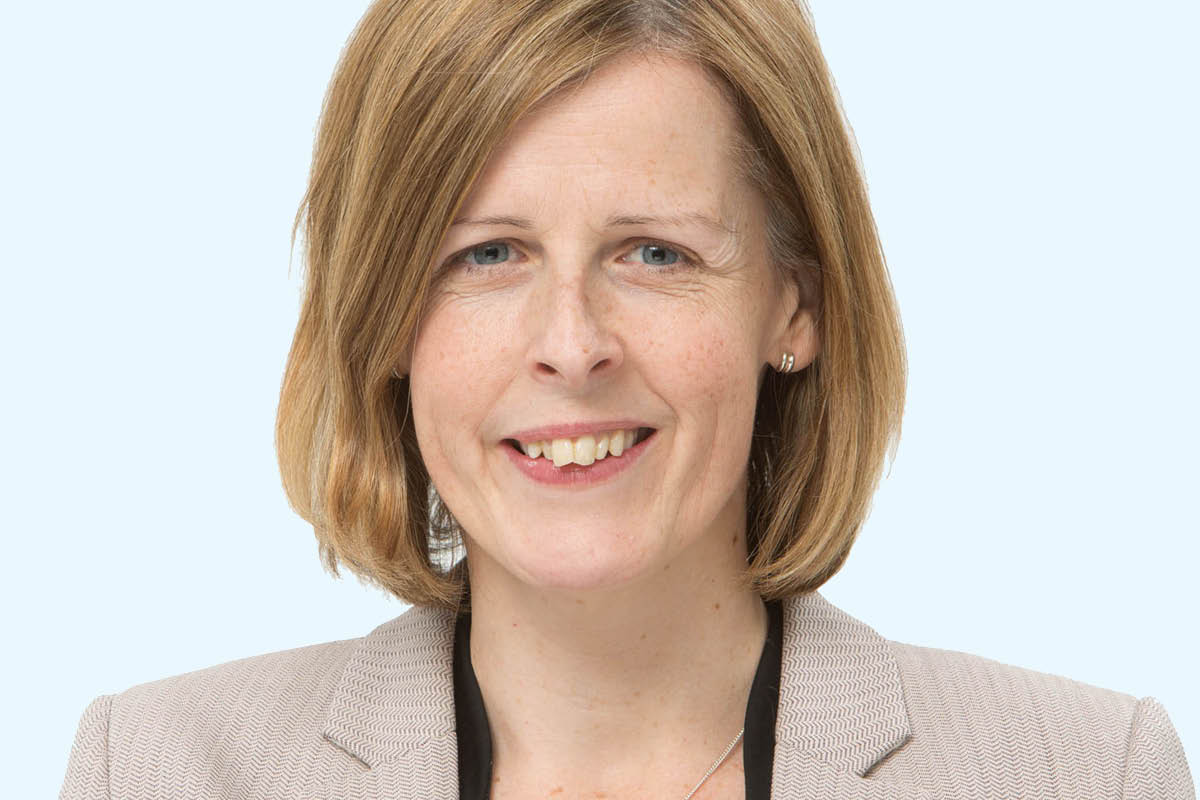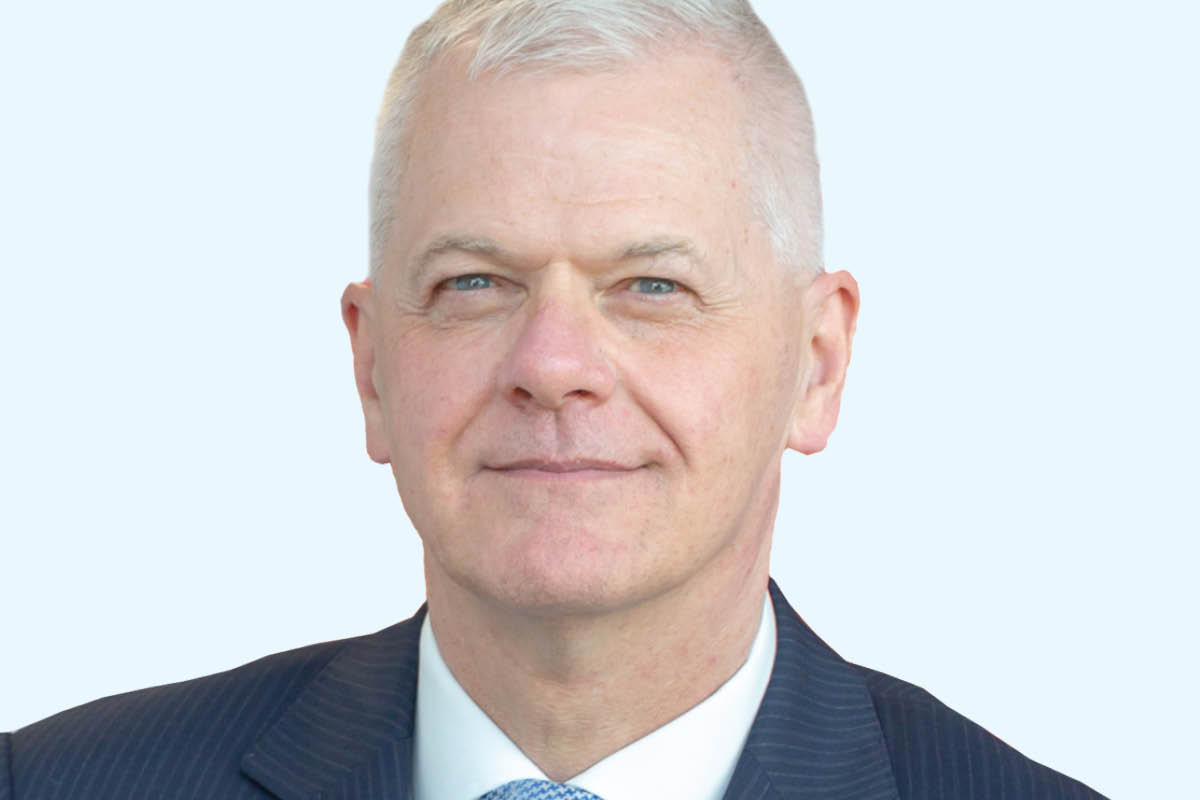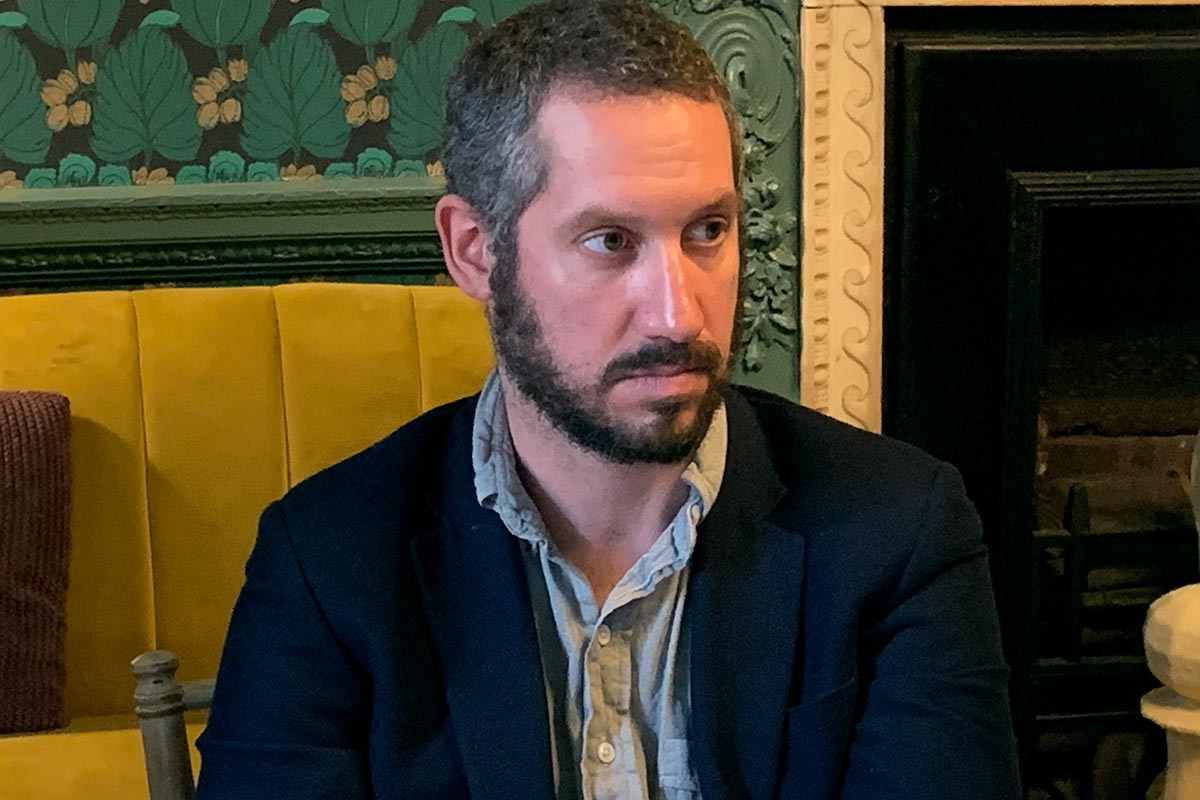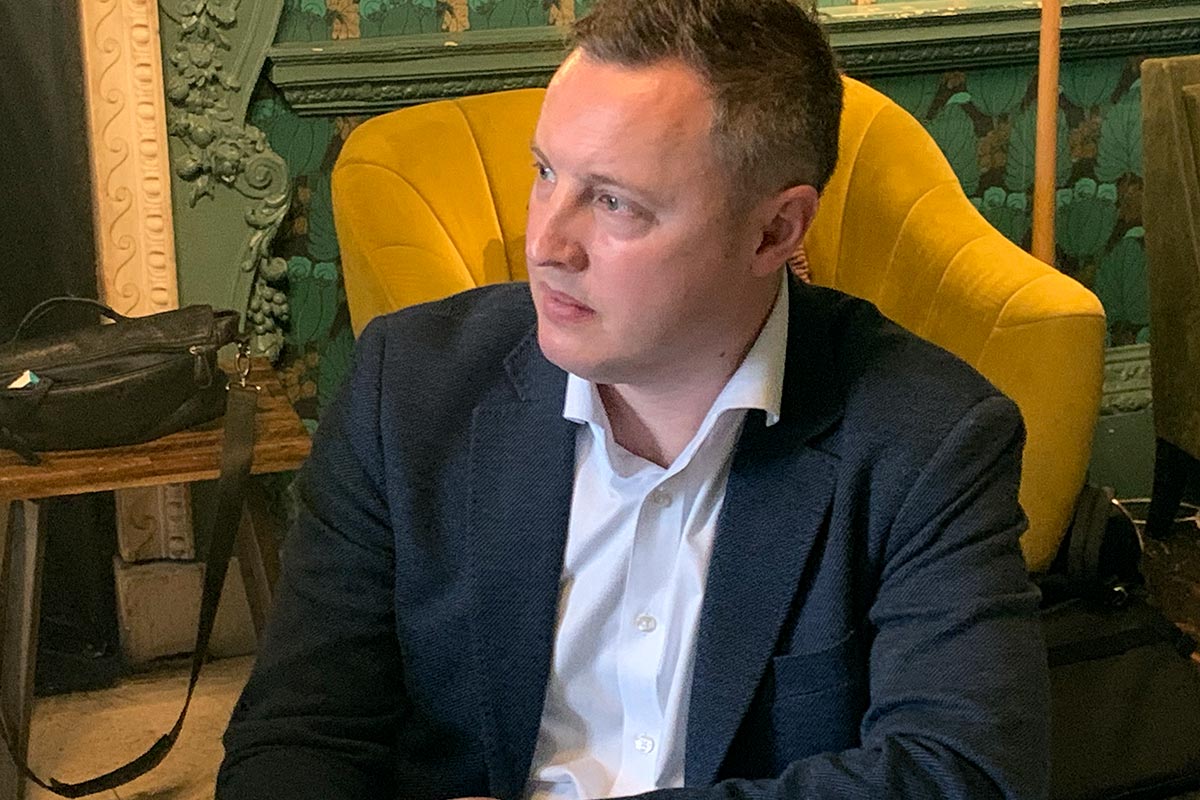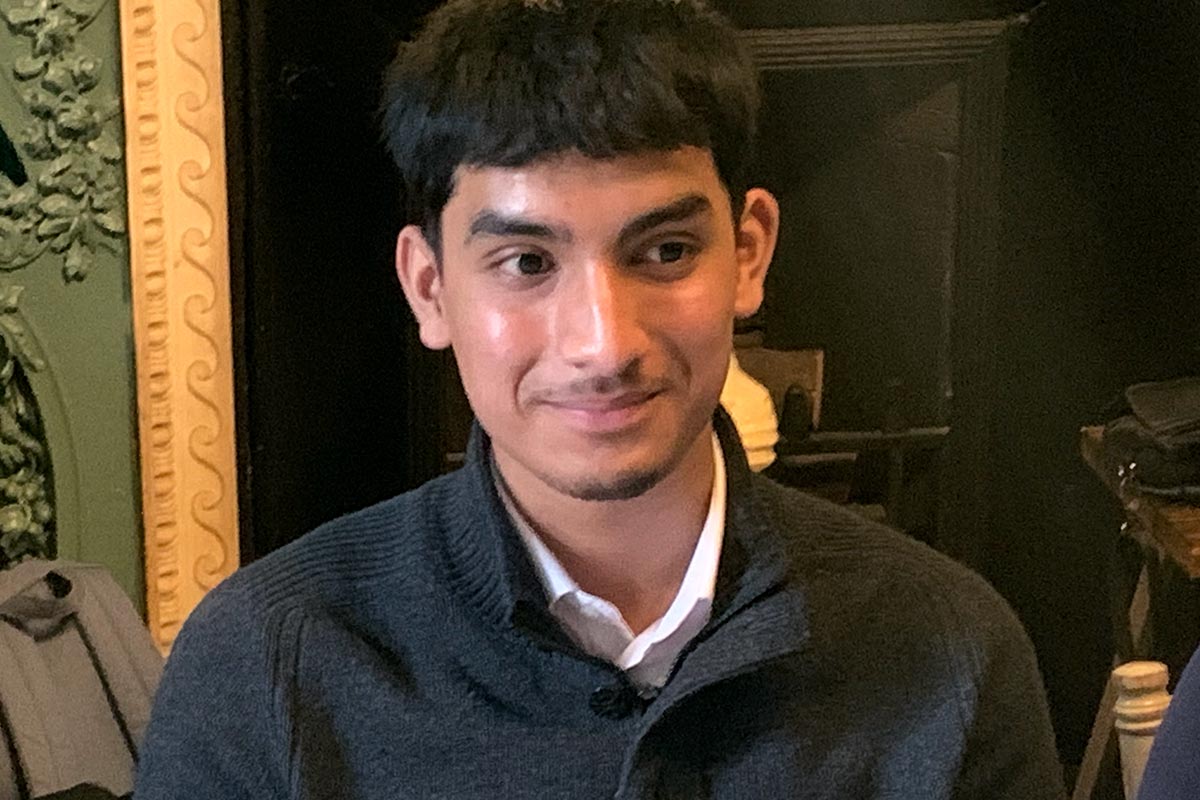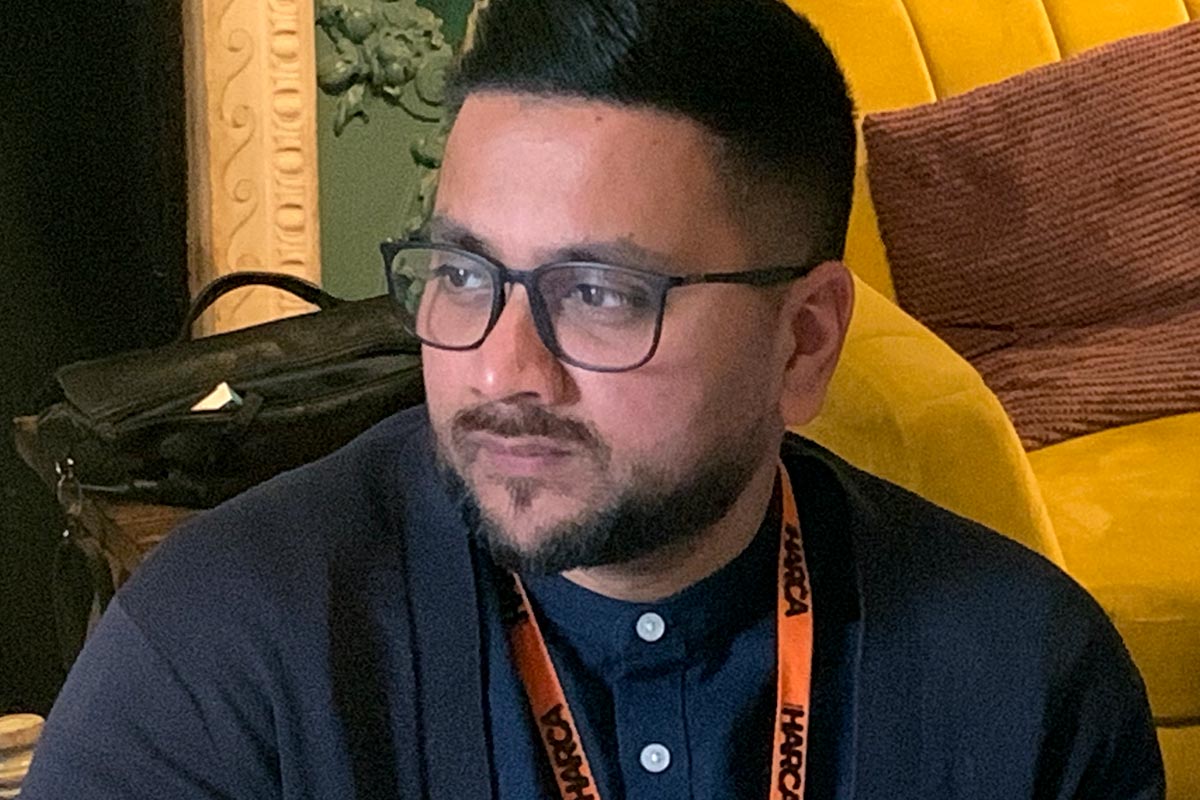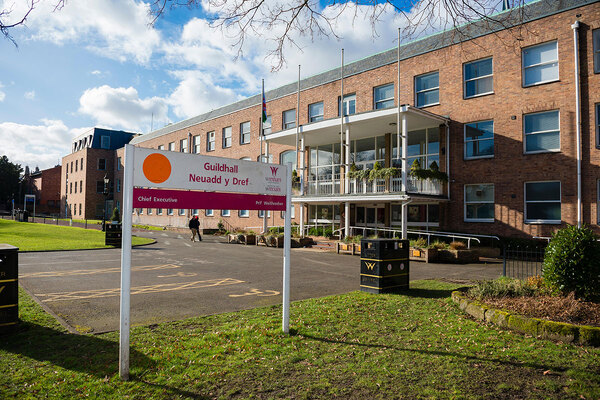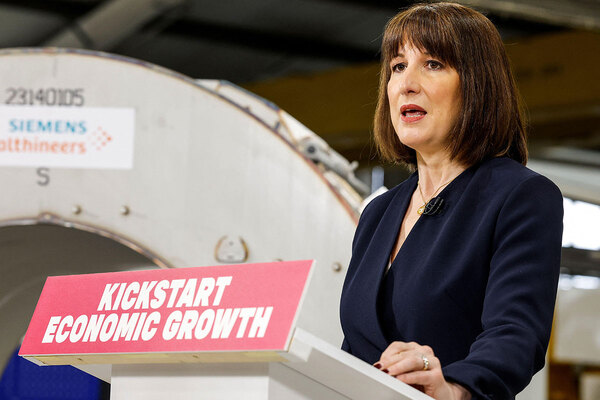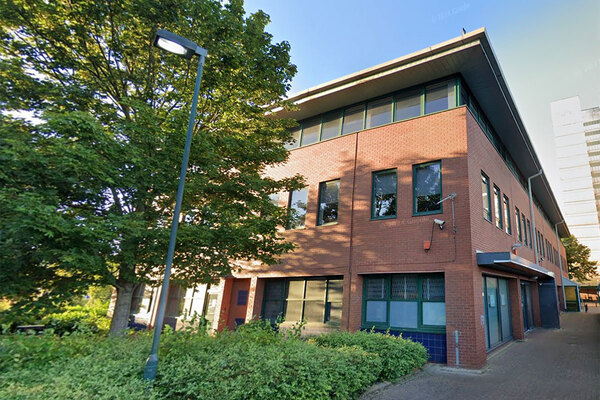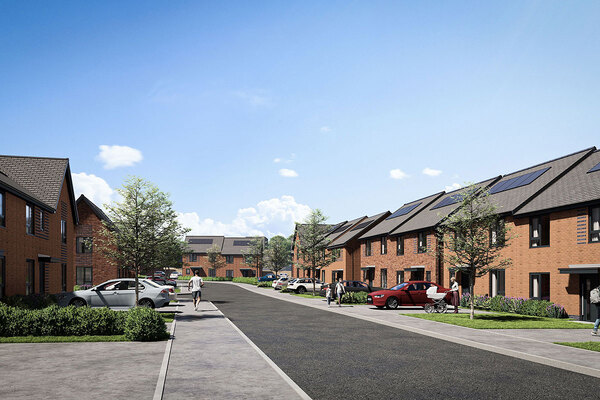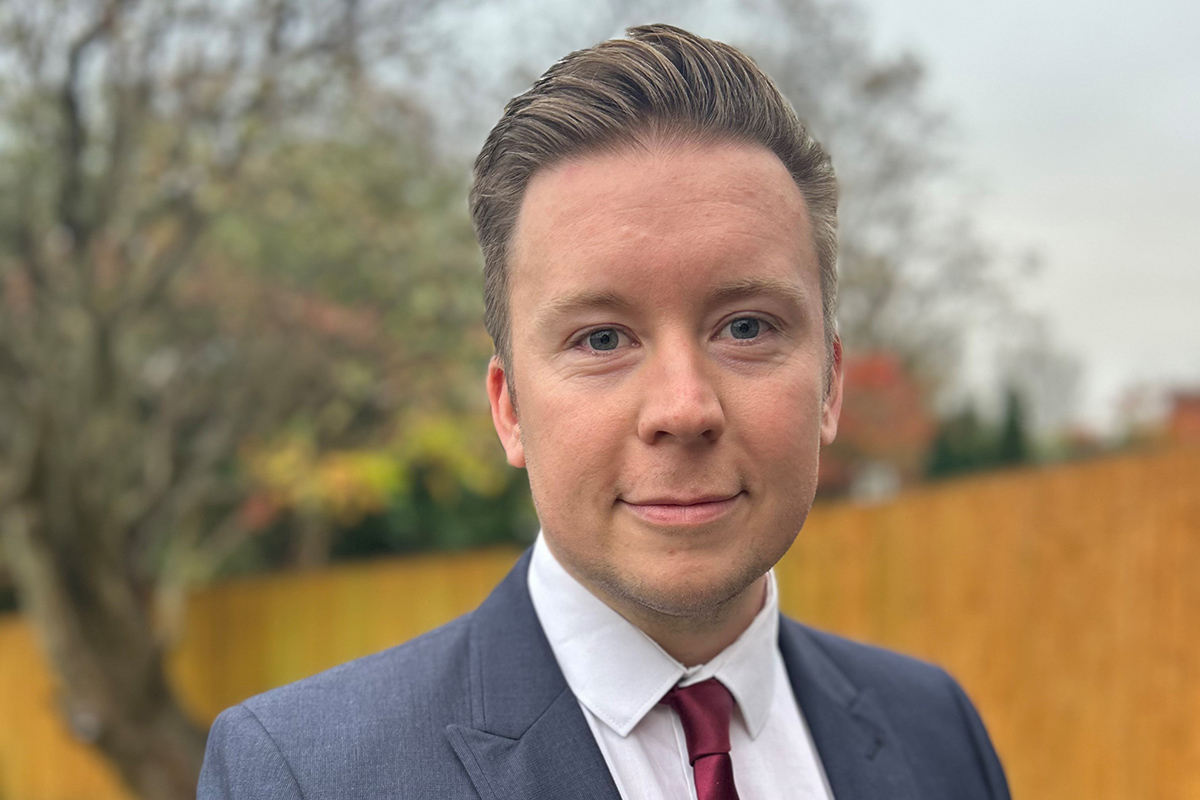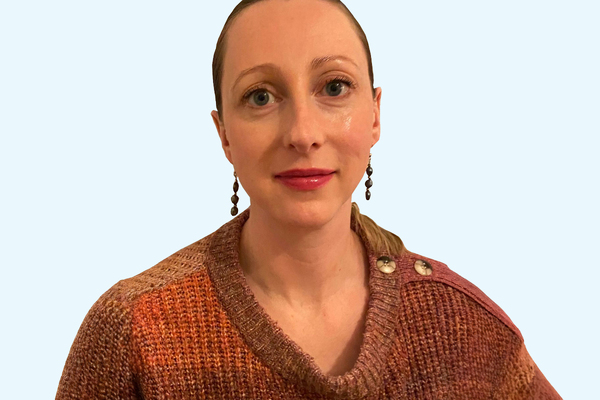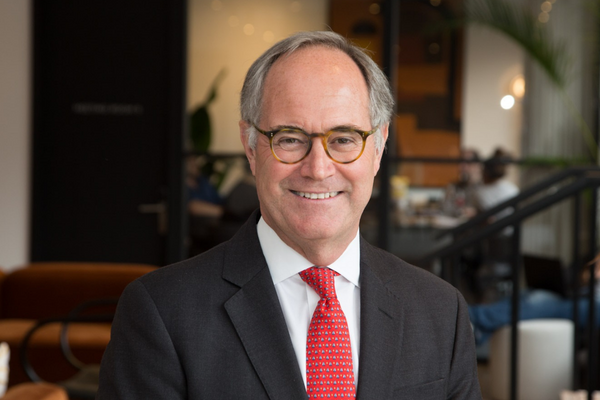Collaboration is key to transform communities, so who should housing providers work with to shape long-term strategies?
An Inside Housing roundtable, in association with Breyer Group and HACT, discusses how by working together, stakeholders can shape strategic long-term plans that respond to local needs and deliver real and lasting change. Photography by Niall Trask
In association with:

Transforming communities should be part of the housing sector’s DNA. But how can providers and their partners make that transformation stick for the long term?
Funding is crucial, of course, but it takes more than money to transform an estate or a neighbourhood in a positive and sustainable way.
Success depends on collaboration – with residents, local businesses, community groups and public sector organisations. By working together, these stakeholders can shape strategic long-term plans that respond to local needs, enjoy and benefit from the buy-in of the communities in question, and which can deliver real and lasting change.
Inside Housing hosted a roundtable to discuss the role of collaboration in delivering long-term transformations to communities. It was chaired by Andrew Cameron-Smith, content and editorial director at Unlock Net Zero, a knowledge hub on the low-carbon transition, and sponsored by Breyer Group, the property services provider, and HACT, the housing charity.
The sector could do better, says Andrew van Doorn, chief executive of HACT. “Housing is not a particularly collaborative sector. We’re happy to share, but we’re not always happy to collaborate and take that risk…
“We’ve got to tackle poverty, build housing, build skills and support communities – and we are only going to do that if we collaborate,” he says.
It takes time
Collaboration and positive long-term impact work hand-in-hand, says Daren Moseley, managing director at Breyer Group.
“When we talk about collaboration, and we’re working together to truly collaborate, it can’t be done quickly in a short time frame,” he says.
“When it’s a short, sharp fix, and then you walk away, it truly doesn’t work. You don’t get any bang for your buck in terms of social value.”
He continues, to increase social value in a community, one of the key drivers is learning and training, such as apprenticeships. Once local residents are skilled and qualified, “they will be able to get regular, paid work and earn more… This means they’re not going into rent arrears and [can have] a more sustainable life”.
Many in the housing sector are “fleeting actors” relative to the longevity of the communities in which they work, argues Mr van Doorn. “As housing providers, we have an opportunity to think long term and in a transformational way,” he adds.
Maximising the benefits and power of collaboration takes time, agrees Craig Egglestone, director of capital strategy and portfolio management for the London Borough of Waltham Forest.
He says his team has been really successful in delivering sustainable social value, where it has built what he calls “proper partnerships”. “Not just partnerships on projects, but real long-term public-private partnerships that have been sustainable for more than 10 years – that’s where we’re seeing the real value now,” he says.
It is crucial to start taking action as early as possible, Kerry Starling, director of communities and social impact at Hyde Group, points out.
“In order to have real transformation, we need to do more early intervention work with individuals, but also the community groups we work with,” she says. The business case is never as strong, because early intervention doesn’t generate those bigger impacts initially, but we need to push through that and get the message across about the importance of early intervention.”
Engaging with partners
“We collaborate really well within the sector and in the community investment space within the sector. We don’t collaborate across systems,” says Matthew Buckham, community investment director at Sovereign.
“We don’t work well enough with our NHS partners, our education partners, we don’t work very well with the private sector. I am part of Business in the Community [a network of business leaders committed to delivering social value], and they’re crying out for organisations like ourselves to come and assist with their corporate social responsibility or ESG [environmental, social and governance] agendas. So I think there are willing collaborators and partners out there – it’s about how we galvanise and ignite them,” he says.
Given the scale of many of these organisations and housing providers, collaborating means multiple points of contact.
“[Collaboration] is actually across multiple places and systems,” Mr van Doorn says. “We have to work all of those levels and use resources in different ways to achieve the right collaboration and change.”
The key to making this a success, he says, is not necessarily leaders, but the “brokers and enablers” within each organisation who can facilitate connections. “Without those brokers and enablers, that won’t happen. We need to shift the culture,” he adds.
The most important collaboration, perhaps, is with communities and residents themselves – and what underpins successful partnerships at the community level is trust. Building that trust can be a long-term project in its own right; Mr Buckham describes “moving at the speed of trust”.
“It’s keeping that feedback loop going to show that you’re listening,” says Alys Exley-Smith, community relations manager at Lewisham Homes. “Over time, that builds trust… and as you develop that relationship, it will help you in the long term.”
That collaborative feedback loop involves reaching out in as many ways and to as many people as possible, she adds.
“We go door-knocking every month. We focus on the areas where we don’t have people’s emails or texts, really going out to talk to people who don’t normally engage. That feeds into the decisions we take about what we’re going to do,” she says.
The importance of trust
As for how to start that process, “you genuinely, simply need to trust people”, says James Green, director of social innovation and community empowerment at Eastlight Community Homes. “And when you do that, there is risk… There is bravery in trusting.”
But the benefits of extending that trust can be enormous. “It’s a really radical approach where you give complete control to the community, and really trust them to drive the change that they want to see,” he adds.
Trust is about openness. Ms Starling says her organisation is open about not having all the answers.
“We see ourselves as a seed funder in our communities. We make sure that we collaborate with our communities in a meaningful way; that’s about engaging with people, listening to people – because we don’t have all the answers – to develop our neighbourhood plans. And then we look at how we can build those relationships, build that trust, so that we can act as a seed fund to enable key initiatives and projects to get off the ground,” she says.
For successful community collaboration, it is vital to hear from as many groups as possible. That includes young people, says Moosa Miah, a resident and youth empowerment board member at Poplar Harca.
“Young people have a very specific view of their community. For people to make informed decisions on how to improve their community, you need young people’s views,” he says.
“Having young people around tables like this is really important when it comes to regeneration, these transformational changes, to encourage and educate young people about what’s out there for them.”
It is easy to get caught up in short-term goals, says Nahim Ahmed, Poplar Harca’s strategic community engagement manager for communities and neighbourhoods.
“We’re so invested in key performance indicator (KPIs) as organisations that we can lose sight of what we’re doing. We’re doing it to serve our residents,” he says.
Factors to consider
For long-term transformation to be successful, partners need to be intentional about who they build connections with, says Yẹmí Aládérun, architect and senior development manager at Meridian Water, a London Borough of Enfield Council regeneration project.
“Imagine a network diagram where all these organisations we work with also have connections to networks across the whole life cycle of housing projects. That allows organisations to think dynamically, and that drastically increases the chances of arriving at the correct solutions and driving innovation,” she says.
Approach partners who share your visions and values, Mr Egglestone advises.
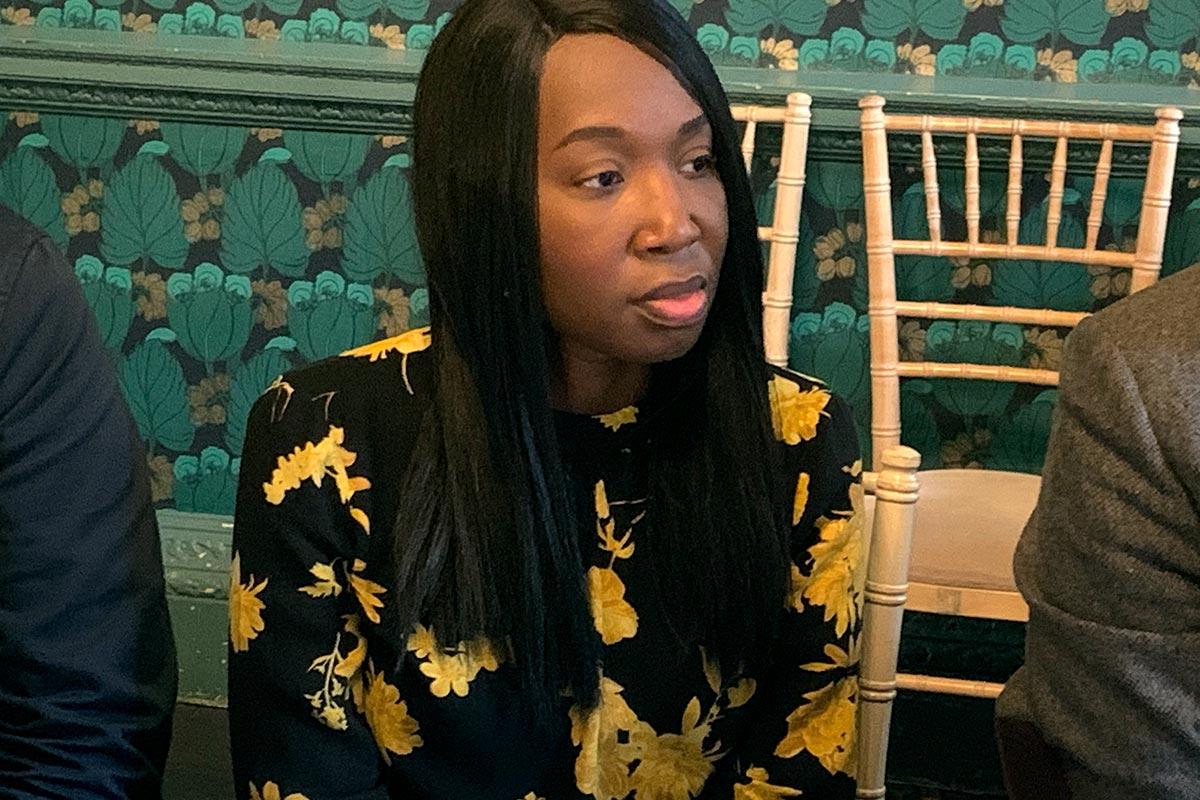
“You’ve got to partner with the right people to be successful in this game,” he says, and choose your battles wisely. “You can’t solve everything. It’s about taking that strategic approach to social value. Making sure you pick where you can make the most impact is probably the most important thing for us.”
Mr Buckham says poverty today is as bad as he has ever witnessed. That necessitates crisis intervention in Sovereign’s communities, but he believes that should be linked to long-term interventions that drive lasting change. The pandemic exacerbated social problems, but it also left a legacy he believes can transform communities. “Through the pandemic, community organisations and mutual aid groups sprang up. More than a million volunteers sprang out of the woodwork. So how do we enable those kinds of small, local incubator organisations to thrive?”
Ultimately, the key to long-lasting transformation within communities lies in collaborating with the communities themselves, Mr Buckham adds.
“Create the conditions, and the people will come,” he says. “The answers are always within the community. Our residents need to be the curators of their own destiny.”
Participants
Andrew Cameron-Smith (chair)
Content and editorial director, Unlock Net Zero
Yemí Aládérun
Architect and senior development manager, Meridian Water, London Borough of Enfield Council
Nahim Ahmed
Strategic community engagement manager, communities and neighbourhoods, Poplar Harca
Matthew Buckham
Community investment director, Sovereign
Craig Egglestone
Director of capital strategy and portfolio management, London Borough of Waltham Forest
Alys Exley-Smith
Community relations manager, Lewisham Homes
James Green
Director of social innovation and community empowerment, Eastlight Community Homes
Moosa Miah
Resident and youth empowerment board member, Poplar Harca
Daren Moseley
Managing director, Breyer Group
Kerry Starling
Director of communities and social impact, Hyde Group
Andrew van Doorn
Chief executive, HACT
